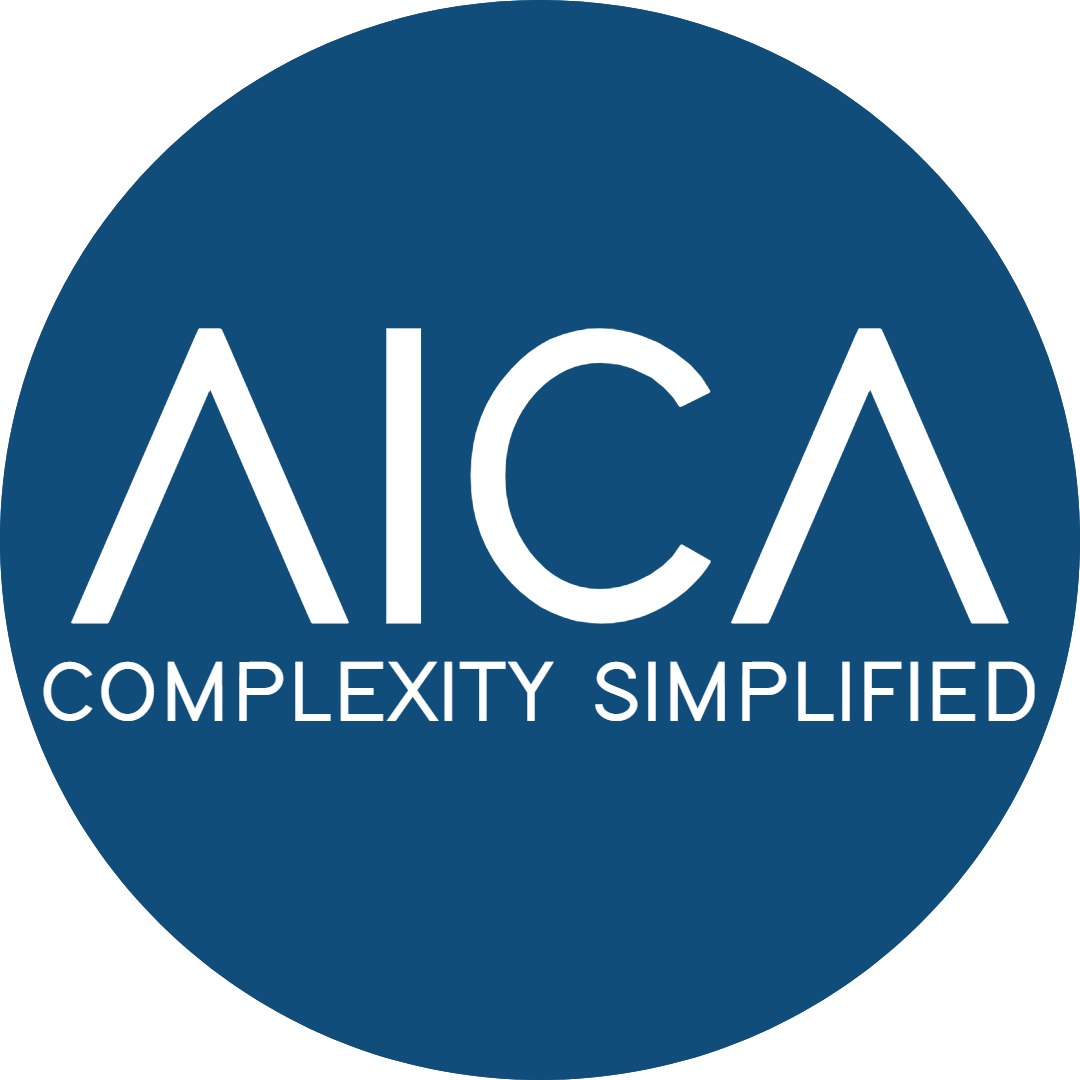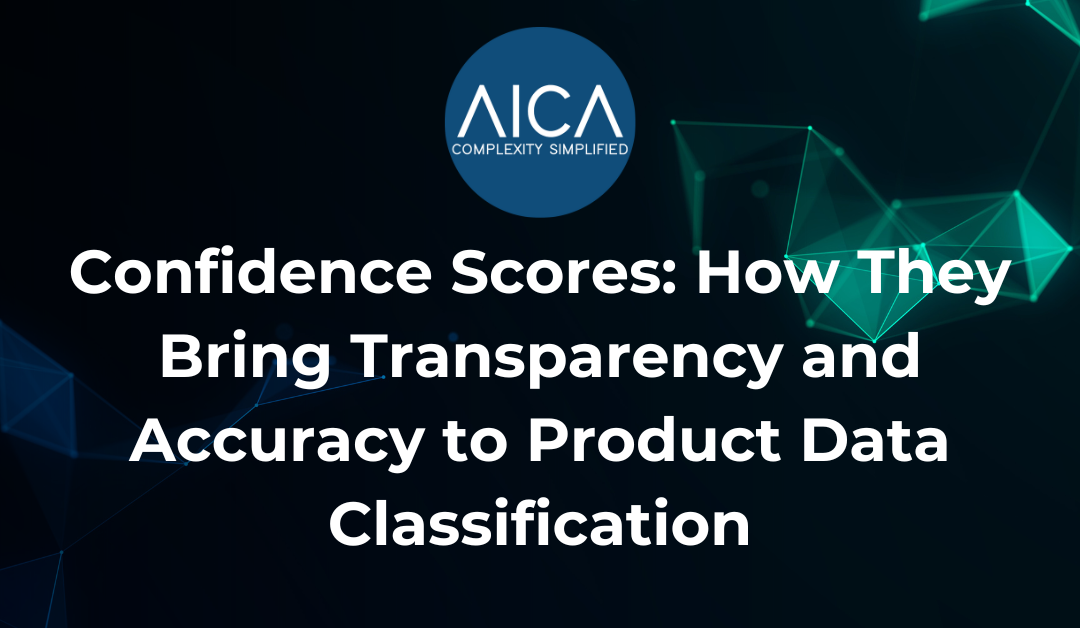When organisations classify product data at scale, one question always comes up: how confident can you be in the accuracy of each result?
This is exactly where confidence scores add value.
Confidence scores act as clear indicators of reliability. They guide procurement teams, data stewards, and decision-makers on which classifications can be trusted automatically and which may need expert review. At AICA, confidence scoring is built directly into our Agentic AI platform, ensuring every dataset delivers both accuracy and transparency in product data classification.
Why Confidence Scores Matter
When classifying product and service data into taxonomies like UNSPSC, GS1 GPC, eCl@ss, or ETIM, no two records are exactly alike. Descriptions may be incomplete, attributes might be missing, or suppliers may use different naming conventions for the same product.
Without a mechanism for measuring certainty, organisations are left with black-box outputs. This creates risk: a misclassified valve, chemical, or spare part can lead to sourcing errors, compliance issues, and lost savings.
Confidence scores solve this by:
- Indicating the reliability of each classification decision.
- Highlighting records that may require enrichment or manual review.
- Allowing organisations to balance automation with expert oversight.
How AICA Uses Confidence Scoring
At AICA, every item we process is given a confidence score, a percentage that reflects how certain our Agentic AI is about the classification.
Scores are grouped into bands, enabling teams to quickly assess data quality:
- ≥ 95% Confidence – Ready for use with minimal or no human intervention.
- 90–94% Confidence – Reliable for most business needs but can be flagged for light QA.
- 85–89% Confidence – Worth review, often due to sparse or ambiguous product information.
- < 85% Confidence – Needs enrichment or manual verification.
How AICA Increases Accuracy and Confidence Scores
We combine unique and forward-thinking practices to consistently achieve higher accuracy and stronger confidence scores.
We do this by applying:
- Industry Context
We use the client’s industry as context for classification. For example, if you are in aerospace, we won’t serve you data from healthcare. By keeping the model focused on the right domain, we prevent irrelevant classifications and improve accuracy. - UNSPSC Segment Selection
Clients choose which UNSPSC segments are most relevant to their catalogue. By narrowing the classification scope, we reduce false positives and deliver more precise results at the family, class, and commodity levels. - Custom Dictionary
We build dictionaries tailored to client and supplier-specific terminology, abbreviations, and descriptors. This ensures that even items with shorthand codes or inconsistent naming conventions are classified accurately and consistently.
The Benefits of Confidence Scores
- Transparency
Organisations know exactly how much they can trust each classification, rather than accepting all outputs at face value. - Efficiency
Instead of manually reviewing an entire dataset, teams can focus their attention on the small percentage of lower-confidence records. - Accuracy at Scale
High-confidence outputs ensure that the majority of records are production-ready, while low-confidence items are isolated for targeted improvement. - Continuous Improvement
Feedback from human reviewers on low-confidence items feeds back into our Agentic AI, raising confidence levels for future classifications.
Real-World Example
In a recent project, AICA classified over 325,000 SKUs for a global IT solutions provider. The first 50,000 records showed:
- 22% at 100% confidence
- 52% at 95–99%
- 9% at 90–94%
- 15% at 85–89%
- 2% below 85%
Instead of sending all 325,000 for manual review, the client focused only on the 5–7%. This drastically reduced QA costs and accelerated delivery timelines.
Conclusion
Confidence scores are more than just a metric; they are the bridge between AI automation and human trust. By embedding them into every stage of classification, AICA ensures that organisations not only achieve over 90% accuracy but also gain visibility into where further review may be needed.
This approach transforms classification from a risky black box into a transparent, efficient, and scalable process.
Visit our website to learn how our confidence scoring can help you cleanse, enrich, and classify your product data with accuracy and transparency.
Copyright Reserved © AICA Data International Ltd 2025

